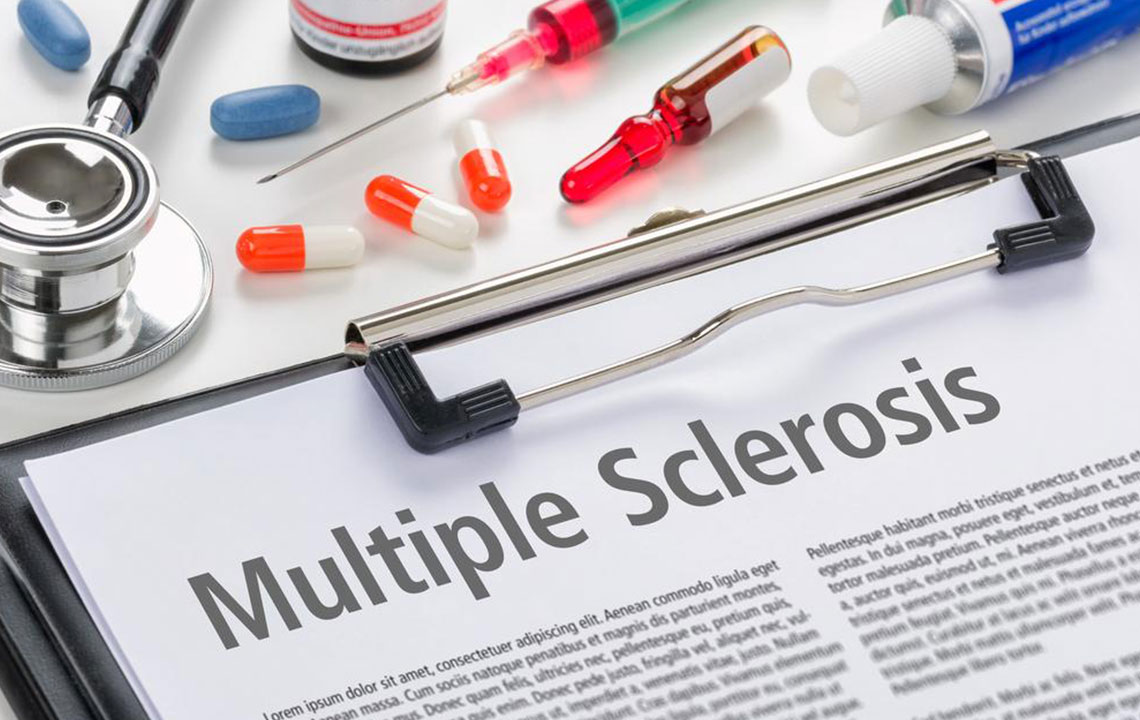Comprehensive Guide to Multiple Sclerosis: Types, Causes, and Effective Management Strategies
This comprehensive article explores multiple sclerosis (MS), detailing its types, causes, symptoms, and management strategies. It emphasizes the importance of early diagnosis, tailored treatments, and lifestyle modifications such as nutrition and exercise to control disease progression and improve quality of life. With ongoing research, new therapies offer hope for better outcomes for those living with MS, making timely medical intervention essential for managing this complex neurological disorder.

Comprehensive Guide to Multiple Sclerosis: Types, Causes, and Effective Management Strategies
Multiple sclerosis (MS) is a complex neurological condition that affects millions worldwide. It primarily targets the protective covering of nerve fibers, known as myelin, which facilitates rapid electrical transmission between the brain, spinal cord, and other parts of the body. When MS attacks the myelin, it causes communication disruption within the nervous system, leading to a wide array of neurological symptoms. Understanding the different types of MS, their causes, symptoms, and management strategies is crucial for early diagnosis and effective treatment to improve quality of life for affected individuals.
What Is Multiple Sclerosis?
Multiple sclerosis is classified as an autoimmune disease where the body's immune system mistakenly attacks its own central nervous system. This attack damages the myelin sheath—a crucial insulating layer surrounding nerve fibers—resulting in inflammation, scarring, and nerve damage. The disease's progression varies considerably among individuals and can be unpredictable, from mild symptoms to severe disability. The initial phase often begins with a unique set of symptoms known as Clinically Isolated Syndrome (CIS), which may last for a day or more, indicating the first signs of MS.
Types and Classifications of MS
MS manifests in several distinct forms, classified based on the pattern of disease activity and progression. Recognizing these types helps neurologists tailor treatment plans effectively:
Relapsing-Remitting MS (RRMS)
The most common form, accounting for approximately 85-90% of cases at diagnosis, characterized by clear episodes or relapses of neurological symptoms followed by periods of remission, where symptoms partially or fully resolve. During relapses, new symptoms may appear, or existing symptoms worsen. Remissions can last for months or years, though over time, some patients may transition to a progressive phase.
Secondary-Progressive MS (SPMS)
Originally diagnosed as RRMS, many patients eventually develop SPMS. This stage involves a gradual accumulation of disability with or without superimposed relapses. Symptoms progressively worsen over time, with fewer or less distinct remissions, indicating ongoing nerve damage.
Primary-Progressive MS (PPMS)
Represents about 10-15% of cases, characterized by steady neurological decline from onset without distinct relapses or remissions. Patients experience continuous worsening of symptoms, with occasional plateaus or minor improvements. PPMS tends to affect older individuals and progresses more rapidly in some cases.
Progressive-Relapsing MS (PRMS)
The rarest form, involving continuous neurological deterioration from disease onset with acute relapses that may or may not leave residual deficits. Patients experience both progressive symptoms and episodic exacerbations, leading to significant disability over time.
Symptoms and Underlying Causes of MS
The presentation of MS symptoms varies widely depending on the areas of the central nervous system affected. Common symptoms include numbness or weakness, particularly in limbs, tingling sensations, balance difficulties, and muscle weakness. Many patients report episodes of electric shock-like sensations, especially when moving the neck—a phenomenon known as Lhermitte's sign. Visual disturbances such as blurred vision, pain in the eyes, and partial or complete loss of vision may occur due to optic neuritis. Other symptoms encompass bladder and bowel dysfunction, cognitive impairment, mood disturbances, depression, memory issues, and speech difficulties.
The exact cause of MS remains elusive, but scientists agree it involves an interplay of genetic, environmental, and immunological factors. Autoimmune processes mistakenly target the myelin sheath, leading to inflammation and nerve Fiber damage. Genetic predispositions may influence immune system activity, while environmental factors such as vitamin D deficiency, smoking, viral infections, and geographical location have been associated with increased MS risk.
The Critical Role of Nutrition and Lifestyle
Nutrition and lifestyle choices significantly influence the course and management of MS. A balanced diet can help reduce the frequency of relapses, minimize lesion development, and support overall health. Incorporating foods rich in antioxidants, such as berries, nuts, and green leafy vegetables, can combat oxidative stress, which is believed to exacerbate nerve damage. Adequate intake of minerals like calcium and vitamin D is essential for bone health and immune regulation. Vitamin D, in particular, has garnered attention for its potential protective effects against MS progression.
Foods such as fatty fish (salmon, mackerel), lean meats, eggs, yogurt, kefir, fruits, and vegetables nurture brain health and support immune function. Probiotics promote gut microbiota diversity, possibly influencing immune responses and reducing inflammation. Managing cardiovascular risk factors, including maintaining a healthy weight, controlling blood pressure, and avoiding smoking, can mitigate MS activity and progression.
Medical and Therapeutic Management of MS
Early diagnosis and treatment are vital to slowing disease progression, minimizing disability, and improving patients' quality of life. Treatment strategies are tailored to disease type, severity, and individual patient factors. Disease-modifying therapies (DMTs) are the cornerstone, aiming to reduce relapse frequency, delay disability, and limit new lesion formation, as evidenced by MRI scans.
Common DMTs include injectable medications such as interferons and glatiramer acetate, oral drugs like fingolimod, dimethyl fumarate, and oral cladribine, as well as infusion therapies such as natalizumab and ocrelizumab. Neurologists determine the best treatment plan based on disease activity, MRI results, and patient tolerance. Regular monitoring, including MRI scans and clinical evaluations, guides adjustments in therapy.
Beyond medication, supportive therapies like physical therapy, occupational therapy, speech therapy, and psychological support help manage symptoms, improve mobility, and enhance daily functioning. Lifestyle modifications, including regular exercise and stress reduction techniques, contribute to overall well-being.
Research continues to explore promising treatments, including regenerative therapies and stem cell transplants, aiming to repair damaged nerve tissue and restore function. Advances in neuroimaging and personalized medicine hold hope for more effective management strategies in the future. Patients should work closely with their healthcare team to develop a comprehensive care plan tailored to their needs.





